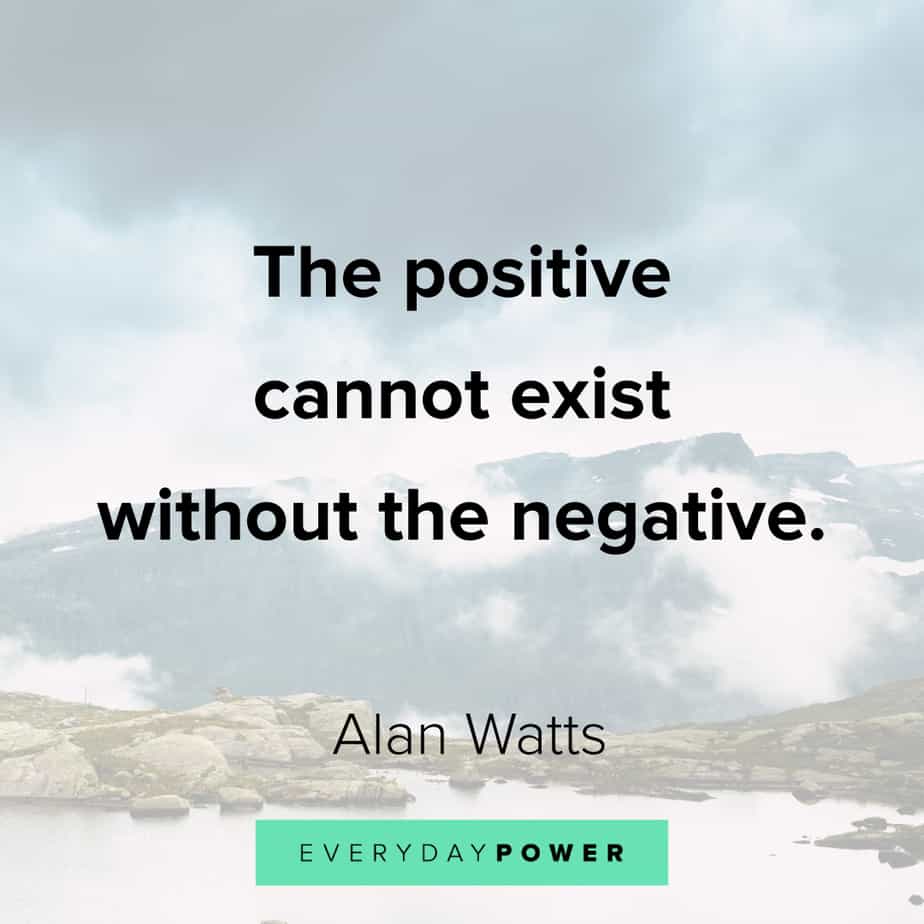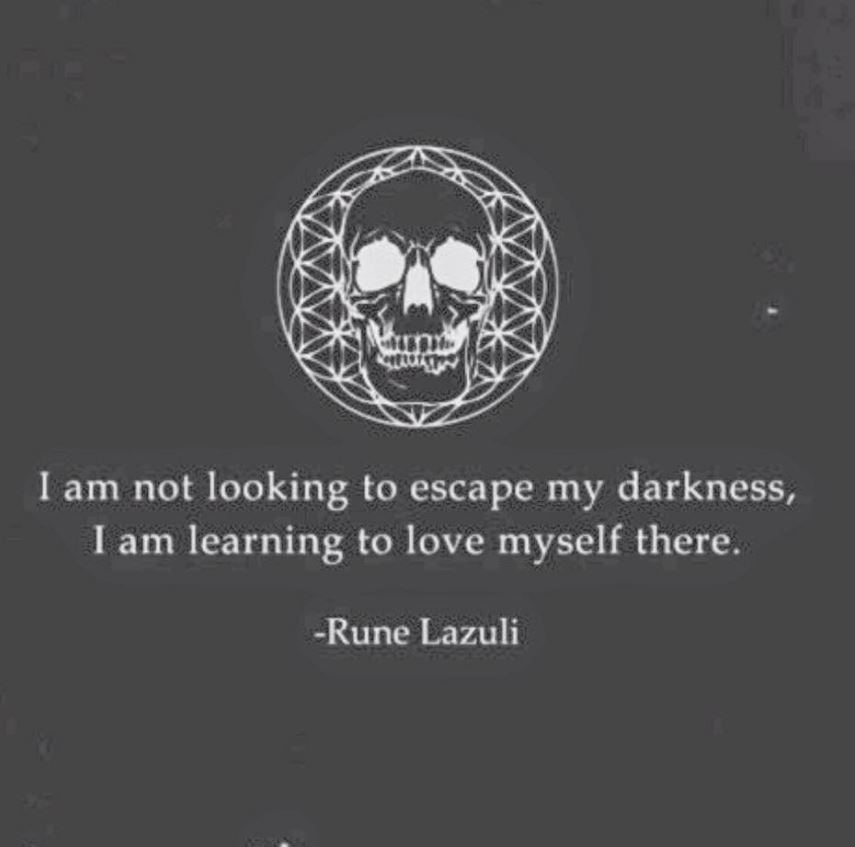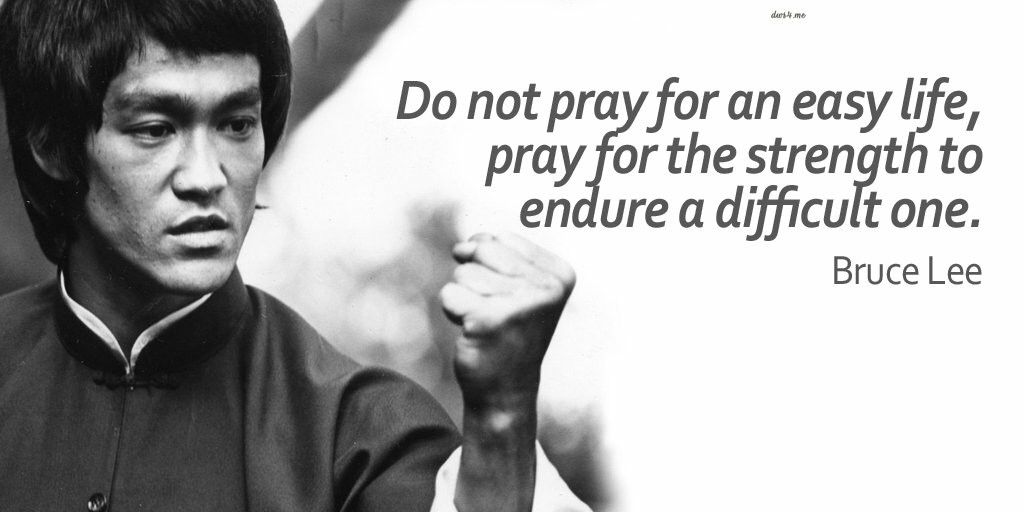The self is in constant battle within the fragile, dualistic human experience.
As spirits:
- We know unity consciousness and live in duality consciousness.
- We know ourselves and have forgotten upon coming into this life. We are seeking to KNOW once again. We are seeking to know ourselves.
- We are beings of unity that find ourselves with an ego – a new sense of identity – apart from others.
This new reality of duality, ego, and knowledge creates a playground for the supposed separation between good and bad, between light and darkness.
Welcome to Your Shadow Side
This the side of all of us that society turns a blind eye to, that we deny we have, that we call ugly. It’s what we hide from others – and even from ourselves.
You will discover more about your shadow side, why it’s so important to your health and authenticity, and learn a step-by-step guide to doing shadow work to find wholeness, healing, power and freedom.
What is the Shadow Side?
According to Carl Jung, the shadow side or shadow self includes all the elements of your unconscious personality.
Usually, they are the least desirable elements that society rejects or judges as bad. The sides we don’t like and we don’t want to admit, even to ourselves. Our instincts, shortcomings and weaknesses. The sides that don’t feel good.
Examples include pain, fear, jealousy, insecurity, rage, failure, lack of control, mediocracy, laziness, depression, death, victimhood, vengeance, selfishness, brokenness, negativity, unserving beliefs, being stuck, not knowing, giving up, ugliness, stupidity, sadness and loneliness.
Can be tough to read, right? It doesn’t feel good. Confidence feels good, love feels good, gratitude feels good, security feels good. These are our lighter traits.
Although our shadows may seem ugly and undesirable, they are an integral part of YOU and crucial for your development, health and wholeness as a human being.
Why?
Understanding Enantiodromia & Duality
The principle of enantiodromia was introduced into the West by Carl Jung. It is “The emergence of the unconscious opposite in the course of time.” Otherwise known as something “running its course” and transforming into its opposite, especially when polarized.
It comes from the words enantios – opposite and dromos – running course.
For example, if you were raised with strict moral guidelines of not drinking, not staying out late and not partying, there is a good chance that later in life the shadow side of these so-called “good” traits emerges in the form of intense partying, drinking and staying out late. Most of us have seen or experienced this occurrence in ourselves or our peers.
Heraclitus, who originally coined the term, “enantiodromia” explains, “Cold things warm, warm things cool, wet things dry and parched things get wet.”
This concept is also known in Chinese religion as Yin-Yang.

Seemingly opposite or contrary forces may actually be complementary, interconnected, and interdependent in the natural world, and how they may give rise to each other as they interrelate to one another.
– https://en.wikipedia.org/wiki/Yin_and_yang
Why Do We Reject These Important Elements Into the Shadows?
In short, we’re hardwired for survival.
Our biological survival system is programmed to stay away from pain in order to salvage the biological being. Any pain sends a message of threat to the system that must be relieved asap to ensure it’s safety, health and survival. And these shadows are painful! We instinctively run away from them at all costs.
Society’s collective rejection of shadow traits also alludes to the rejection of the being that contains these traits.
Deep inside we view society’s rejection as posing a risk of death. Without our tribe, we are not supported, not cared for, weak and vulnerable. We may as well be on deaths’ door. That is why belonging is such an important trait. That is why we suppress these shadow traits at our own painful expense.
And it’s painful because you are denying yourself. You’re portraying a one-sided image of goodness and the fragmentation and inauthenticity is exhausting, unrealistic and unsustainable.
Why Do Shadow Work?
Shadow work is brutal.
It’s painful, uncomfortable and an embarrassing shock to the system, but the rewards of going into your darkest self hold a treasure more precious to your life than you can even imagine.
Through shadow work you can find wholeness and freedom, discover deeper love and compassion for yourself and others, and make peace with yourself and all those around you.
Through shadow work you can put an end the constant battle with self and find powerful, transformative healing.
Your capacity for being truly alive increases and your inner and outer worlds are dramatically changed.
It is by going down into the abyss that we recover the treasures of life.
Where you stumble, there lies your treasure.
The very cave you are afraid to enter turns out to be the source of what you are looking for. The damned thing in the cave that was so dreaded has become the center.
You will find the jewel, and it draws you off.In loving the spiritual, you cannot despise the earthly.
The purpose of the journey is compassion.
– Joseph Campbell
This advice applies across the board in life, and it hits home in the case of shadow work. It is the work of unity, of liberation of unconditional love and authenticity.
Getting Started with Shadow Work
Before you start something of significance, you want to prepare the landscape, gather the materials and commit to “seeing it through”.
This is akin to remodeling your house, or going through surgery, except it’s your own psyche. You don’t leave that shit half-finished. Any harsh weather, challenge or intruder can wreak havoc and do some serious damage.
Before you start, know that there is no easy way of doing shadow work. AND that is not to be confused with simple. You can do simple shadow work, but it won’t be easy. If you don’t feel into the gut-wrenching, humbling depths, you’re not doing it right.
If it’s easy for you, you’re not doing it right.
Ok ready? Let’s get started.
How to Practice Shadow Work
At various points in your spiritual journey, you will assimilate shadow work differently based on your experiences, beliefs and understandings.
Spiritual Virtues of Shadow Work
Shadow work focuses on compassion, non-judgmentalism, self-love and unconditional love. It focuses on seeing through the eyes of divinity – of wholeness.
A Foundational Understanding of Natural Law
The world is perfect. It’s a mess. It has always been a mess.
-Joseph Campbell
Regardless of what you believe, you cannot deny natural law happening within and all around you at all times.
We can see natural law in action when we breathe, we cry, we laugh, we throw up, we fuck up, we love, we hurt, we fear, we resist. It’s natural, it’s who we are. This understanding of natural law is the beginning of shadow work.
As you see a baby drool, poop, cry, scream and talk jibberish you sympahize with it’s level of development. You don’t judge it harshly.
“Stupid baby can’t even speak properly or use a toilet.”
No.
You realize it’s a baby. And that’s ok.
Similarly, as adults, we throw fits, we scream, we try and fail, we get sick and throw up – we’re humans. And that’s ok.
Following?
Yep good.
This is nature. It’s observed. It’s not learned. It’s not taught in books. It’s raw and pure and true. It’s one of the reasons shadow work is so powerful.
The Healing Process of Shadow Work
Identify -> Accept ->Love -> Embody -> Integrate
The ones in bold above must be completed in 1 sitting. The rest is a lifelong process. This process repeats throughout your life.
- IDENTIFY: The first step is to identify your shadows as many of them are unconscious elements of your personality. You will notice then by your triggers, by your disdain, by your rejection of them.
- ACCEPT: The next step is to accept your own shadows. To own them. To acknowledge their purpose and value.
- LOVE: You then bring love and compassion to your shadows. You bring them to light and welcome them back into you.
- EMBODY: As you now own and love your shadows you can consciously embody them and leverage them for your personal growth and development.
- INTEGRATE: Begin to see the value of your shadows in every area of your life to help expand your virtues and evolve.
How to Do Shadow Work
1. Create Space for the Work
Dedicate an evening to yourself to fully immerse yourself into the process. Grab a pen and paper, journal or your computer to write down your thoughts. Create a safe space alone. This can be in your room with candles, incense, blankets, tea, water.
Make it cozy because the rest of the process is challenging.
Sit for a few moments and think of all the things you don’t like about yourself, all the things you reject.
Feel into it deeply.
2. IDENTIFY: How to Spot Your Shadows & Shadow Archetypes
- Watch for emotional reactions such as irritation, disgust, anger, fear, sadness.
- Watch for body reactions. Heat in body, shaking, chills, pain, uncomfortableness.
- Watch for psychological projections of your shadow. For example, traits in others that trigger your reactions are mirrors to your unconscious shadows.
- Engage in inner dialogue to bring the unconscious to light.
BONUS: Get to know the shadow archetypes. Some examples include:- Archetype: King
- Active Shadow: Tyrant
- Passive Shadow: Weakling
- Archetype: Warrior
- Active shadow: Sadist
- Passive Shadow: Masochist
- Archetype: Magician
- Active shadow: The Detached Manipulator
- Passive Shadow: the Innocent one
- Archetype: Lover
- Active Shadow: The addicted lover
- Passive Shadow: The impotent lover
- Archetype: King
You can choose to research all 12 archetype’s shadow sides if you’d like.
2. IDENTIFY: Bringing the Subconscious to the Surface
This is a journaling shadow work exercise. Begin by writing down a list of things about yourself that you don’t like. Write the things in others that you don’t like. If you get stuck, write the things in yourself and others that you like. Write down your undesirable beliefs as well. (Write down your most powerful “positive” beliefs if you choose.)
“I’m too fat, too stupid, too naive. I don’t like my ears. I’m weak. This person is rude. I’m dependable and people take advantage of that…” etc.
Understanding the Law of Duality
Realize that:
- Shadows present in others = Shadows present in yourself
- Your most desirable traits contain their shadow side as well. This is the law of duality. It is a natural law of the human experience.
To the degree that you condemn others and find evil in others. You are to that degree unconscious of the same thing in yourself or at least of the potentiality of it.
-Alan Watts
Free write and feel the emotions that arise.
Do not censor or judge your writing. Get it all out.
It will start with the obvious from your conscious mind, then continue from the depths of your emotions, from your subconscious.
Write until you can no longer write. This could take hours and usually the entire evening. You will be surprised by what comes out. When I did the work I had pages of things, some of which were incredibly surprising and “brand new” to my awareness.
This shadow work journaling technique branches off into 2 techniques.
- Writing down your (perfect 😉) “undesirable traits”
- Free-writing into rabbit holes of the subconscious through powerful questioning.
I will guide you through the rabbit hole (#2) first because this will happen spontaneously, then fizzle out and you can go back to technique 1, writing “undesirable traits” again.
3. IDENTIFY: Digging Deeper into the Rabbithole of the Subconscious through Questions (Technique 2)
Continue writing. Write your stream of consciousness thoughts that come up. Question them with “why” to dig deeper. Ask why until you “feel complete” with that stream of consciousness.
For example:
- “What am I feeling?”
- “Why am I feeling this?”
- “Why?”
- “Why?”, “Why?”, Why?”
You get the idea.
One very effective technique is to begin having a coversation in writing with yourself.
For example:
- “What am I afraid of?” “Trying.”
- “What is it that scares you?” “Failing. Of being even higher and falling further.”
- “Why does falling scare you?” “Because it will hurt.”
- “Does it hurt now?” “Yes, it will hurt either way.”
- “Well it hurts either way, and it hurts for sure.” Why don’t you try and you can do something about the hurt?” “The worst that can happen is you end up where you are already. In pain”.
Etc.
Continue writing all of your “undesirable” traits, mentally, emotionally, physically. All of them.
4. IDENTIFY: Categorize
Ok now, let’s sort through the data.
- Identify your top shadows by giving them a rating between 1-10 in terms of how strong, affective, and present they are in your life.
- Optional: Categorize them in various sections to find the weaker sections in your life. Character, health, love, body, mind, emotions, etc. You can choose your own categories as you wish.
5. ACCEPT: Processing Your Shadows
It goes without saying that this process will uncover a spectrum of emotions as undesirable as the traits you wrote down. Allow yourself time to cry, to judge, to feel into these discoveries.
Even when things come up about others, see it as a mirror to yourself.
“I am mad because I am ignored.” “Where do I ignore myself?”
Now begin to write down any positive aspects of your shadow traits. Start with the strongest ones you rated at the top of your list. Take your time.
TIP: Write down the positive aspects of your shadow traits as though you are talking to a friend. We tend to be WAY LESS JUDGEMENTAL of other’s perceived “flaws & mistakes” than our own.
Examples:
- “I am shaking.” – It’s a sign that you are identifying and processing trauma and shadows.
- “I am flawed/broken” – You are stronger as a result. You can continue to overcome. Neuroplasticity is real and new wiring is possible.
- “I am anxious” – This is a good sign of “what to work on” and a signal to return to the present.
- “I am not smart enough” – No one is. Don’t worry. You’re smart. Smart enough. And you are learning.
- “I’m fat” – You have a choice. Workout, eat healthy.
- “Eventually, something bad will happen” – You create in each moment. If you create something “bad” it is the contrast that is serving your growth and conscious evolution for improvement.
Etc.
See the purpose of the darkness. In a world of duality, the shadow is the fuel, the contrast, the mirror for your improvement and growth. You get the idea.

6. LOVE: Your Shadows
Just as you feel compassion for a baby’s journey, or empathize with someone else’s pain because you’ve been there – empathize with the perfect, “in process” version of you.
Bring love, understanding and compassion to your shadow traits. See them with the loving eyes of a patient mother or the non-judgmental eyes of God.
Meditation is a good exercise for this practice. Specifically, Metta Meditation (Loving-Kindness Meditation) is recommended.

This step is crucial to complete in the same evening, as it fills the painful and raw areas of the psyche with love and acceptance. Danger: Do not skip this as you will have open wounds in which anything can trespass if you don’t fill them with love.
Keep in mind that bringing the energies of love and acceptance to your shadows does not mean that you have fully made peace with them all.
Just like sending love to someone you are still angry with, it may not dissolve all the anger at that moment. Sending love to your shadows does not mean that you fully accept and love them right now. It means you can see them through the eyes of love and compassion and send love to them.
You may need to do this work repeatedly until you have made peace with your shadows. Always send them loving energy regardless and accept where you are in the process. Remember that if you open a wound with shadow work, always finish by filling it with love and healing energy before closing your practice for that session.
7. EMBODY
Go about your life accepting those traits, realizing their purpose and bringing love to them. Leverage them to continually improve yourself.
Realize the distinction between identifying your shadows and identifying WITH your shadows. You are not your shadows, you are not your desirable traits. They are merely visitors. The YOU is the awareness – the consciousness – that chooses how to treat these visitors.
7. INTEGRATE
Ok, this part is actually fun. When you learn to love all of yourself, you gain great power and freedom.
You are more authentic, compassionate and brave as a result of feeling through the pain and knowing how to love the “undesirable”. You can bring that to other parts of your life. You can love other people when they show you their “ugly sides”. When they get angry. When they yell at you. You can see the gold hidden in the anger. The contrast for growth. The seeds of improvement.
Realize that you may be judged for your shadows as well as appreciated for your authenticity. Release the survival mindset of “being accepted” and know that you can thrive when placing your faith in your own truth (in God, in source, in yourself).
What a sigh of relief and healing to begin to love ALL of yourself.
To allow yourself to be yourself.
To begin to know yourself and step fully into the light (conscious), by bringing your shadow with you. With gratitude to your shadow for showing you how to evolve your character, and create shining diamonds where there once was coal. Love the coal for it is the ingredient that makes your strongest and brightest diamonds. Embrace this continuous process in your ever-evolving perfection.

My hat goes off to you, brave soul.
References:
- https://www.verywellmind.com/what-are-jungs-4-major-archetypes-2795439#:~:text=The%20Shadow,to%20cultural%20norms%20and%20expectations.
- https://en.wikipedia.org/wiki/Shadow_(psychology)
- https://scottjeffrey.com/shadow-work/#Exercise_3_Challenge_the_GoodPart
- http://entersection.com/posts/715-joseph-campbell-on-the-heros-journey-on-living-in-the-world
- https://en.wikipedia.org/wiki/Enantiodromia
